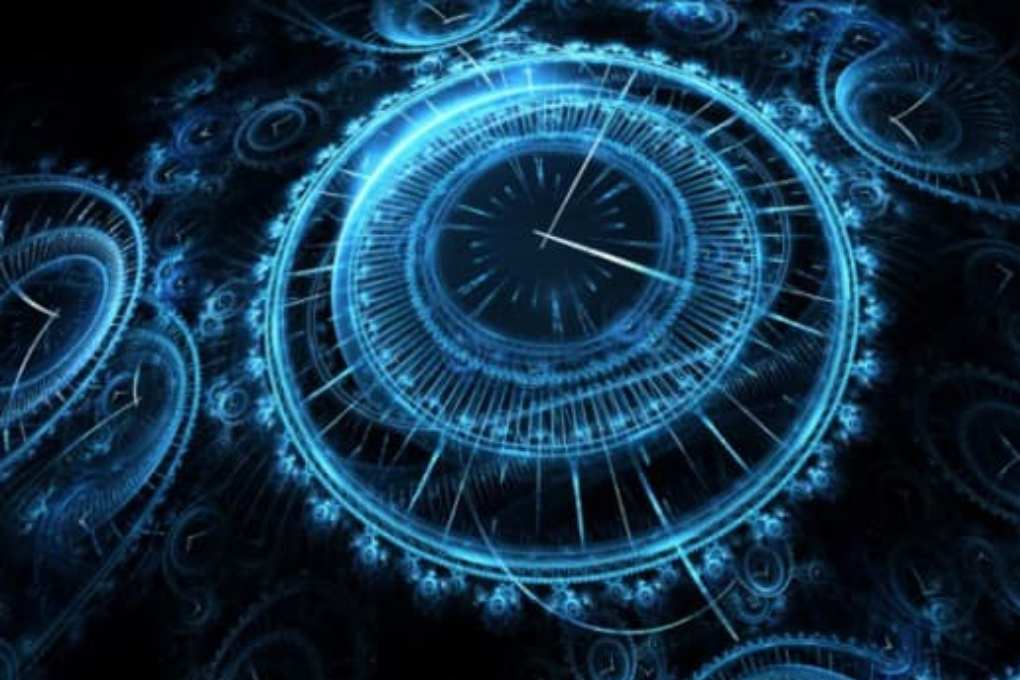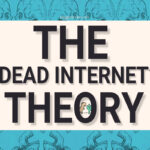Time can be an elusive concept to grasp; humans have long endeavored to understand its nature and its impact on daily lives for centuries. Yet time may not be as fluid as we assume. Enter the Block Universe theory–an intriguing perspective which challenges conventional understandings of time. Imagine a universe in which past, present, and future coexist simultaneously like frames in a movie reel rather than moments rushing by; this notion not only alters our perception of reality but forces us to reconsider everything we thought we knew about time itself. Let’s delve into this fascinating model and discover just how this model challenges our perception of time in ways you may never before considered before!
Time Perception and Its Development in Brief
Time perception has long fascinated humans. Ancient civilizations such as Egypt and Maya took great interest in tracking celestial movements to construct calendars; their understanding of time was intricately linked with agricultural cycles and religious festivals.
As societies evolved, so too did our understanding of time. The introduction of mechanical clocks during the Middle Ages marked a critical turning point; people began counting hours and minutes more precisely than ever before.

Philosophers also offered their opinions on this matter, with Augustine questioning whether time was an illusion or something intrinsic. Meanwhile, Newton’s laws presented time as an entity flowing steadily forward.
Einstein’s theory of relativity profoundly altered people’s understanding. Time was no longer fixed but rather fluid, dependent on speed and gravity; this significant development highlights humanity’s complex relationship with time across cultures and epochs.
Discussing the Block Universe model in detail
The Block Universe model presents an enthralling perspective on time. It asserts that all moments in time–past, present, and future–exist simultaneously within a four-dimensional “block,” thus flipping our traditional understanding of it upside down.
Time here becomes an illusion; events occur simultaneously rather than following a linear timeline. Instead, each event becomes like an image in a film reel – separate but still part of an intricate whole.
This theory aligns with certain interpretations of Einstein’s theory of relativity, where space and time become inextricably linked; spacetime becomes one continuous spacetime continuum and every moment holds significance in this infinite universe.
Imagine viewing life as though it has already been completed; an experience rather than something that happens step-by-step. Acknowledging this concept can drastically transform our understanding of existence itself and its experiences within.
Challenges and Criticism of the Block Universe Theory
The Block Universe theory faces various criticisms and challenges from various quarters. One major critique arises from its deterministic nature. Critics assert that when all events of the time are predetermined, free will is effectively an illusion – leading to serious questions regarding human agency.

Another major challenge involves our individual experiences of time. While the Block Universe states that past, present, and future exist simultaneously, many people perceive distinct states between them and this dissonance hinders intuitively understanding our lives moment by moment.
Furthermore, the theory struggles to reconcile itself with quantum mechanics – its probabilistic nature being at odds with a fixed timeline where all events happen simultaneously.
Some philosophers question our ability to adequately envision this universe without encountering paradoxes or contradictions that undermine logic and reasoning.
Actual applications and implications of the Block Universe concept
The Block Universe concept goes far beyond mere theory; its real-life implications challenge our everyday conceptions of time. Consider our memories; if every moment exists simultaneously in an eternal landscape like this one, our recollections don’t simply represent linear experiences but snapshots from an endless landscape.
As another example, take deja vu as an example. This peculiar feeling might be explained through the lens of the Block Universe model, suggesting that moments overlap across dimensions in time and dimension of time. Furthermore, it raises intriguing questions regarding free will versus determinism: If all moments exist simultaneously then do we really make choices or simply accept fate?
Technology advances only serve to reinforce these ideas further. Quantum computing and discussions about multiverses hinted at realities where time does not follow a strictly linear path, sparking curiosity among scientists regarding its implications in fields like artificial intelligence and virtual reality, offering opportunities for innovations previously thought impossible.
Artists and storytellers have also found great inspiration from this theory. Films that employ nonlinear narrative structures reflect this approach, prompting us to reevaluate cause-and-effect relationships within storytelling itself.
As more people explore concepts rooted in quantum physics and philosophy, societal perceptions could change rapidly. The idea that past, present, and future coexist could spark fresh approaches to life’s challenges–from mindfulness practices for mental health purposes to enhanced views of personal growth over time.
Engaging with how the Block Universe challenges our perception of time opens doors for deeper contemplation of existence itself–what if each decision leads down different roads but all coexist harmoniously? Reflecting upon such thoughts allows individuals to consider where their place fits within this vast tapestry where each thread interweaves seamlessly with others over time and eternity.
Explore “The Importance of Computer Security in a Digital Age“, safeguarding against threats and ensuring data integrity and privacy for individuals and organizations alike. Learn more here.






